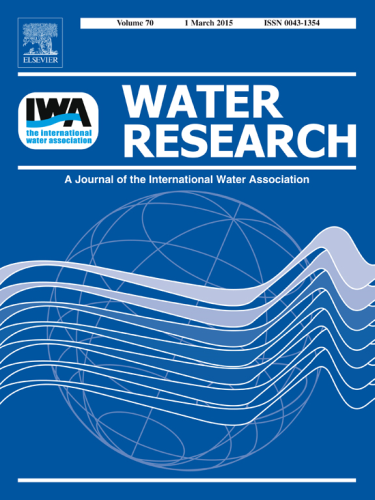
Abstract
As a low energy and chemical free process, gravity-driven membrane (GDM) filtration has shown a potential for seawater pretreatment in our previous studies.
In this study, a pilot submerged GDM reactor (effective volume of 720 L) was operated over 250 days and the permeate flux stabilized at 18.6 ± 1.4 L/m2h at a hydrostatic pressure of 40 mbar. This flux was higher than those in the lab-scale GDM reactor (16.3 ± 0.2 L/m2h; effective volume of 8.4 L) and in the filtration cell system (2.7 ± 0.6 L/m2h; feed side volume of 0.0046 L) when the same flat sheet membrane was used.
Interestingly, when the filtration cell was submerged into the GDM reactor, the flux (17.2 L/m2h) was comparable to the submerged membrane module.
Analysis of cake layer morphology and foulant properties indicated that a thicker but more porous cake layer with less accumulation of organic substances (biopolymers and humics) contributed to the improved permeate flux. This phenomenon was possibly associated with longer residence time of organic substances and sufficient space for the growth, predation, and movement of the eukaryotes in the GDM reactor.
In addition, the permeate flux of the submerged hollow fibre membrane increased with decreasing packing density. It is thought that the movement of large-sized eukaryotes could be limited when the space between hollow fibres was reduced.
In terms of pretreatment, the GDM systems effectively removed turbidity, viable cells, and transparent exopolymer particles from the feed seawater. Importantly, extending the reactor operation time produced a permeate with less assimilable organic carbon and biopolymers. Thus, the superior quality of the GDM permeate has the potential to alleviate subsequent reverse osmosis membrane fouling for seawater treatment.





